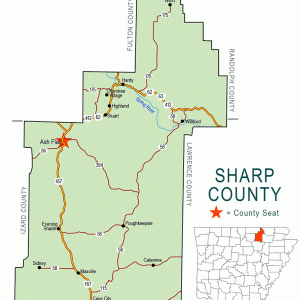 Sharp County Map
Sharp County Map
Entry Type: Thing - Starting with S
 Sharp County Map
Sharp County Map
 Shaw Bridge
Shaw Bridge
Shaw-Blair House
She Couldn’t Say No
aka: Beautiful But Dangerous
Shelter
Shelton v. Tucker
Shelton-Lockeby House
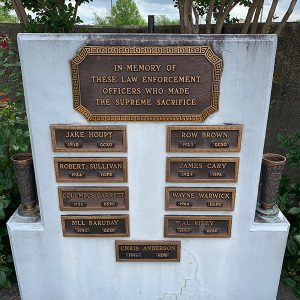 Sheriff's Memorial
Sheriff's Memorial
Sherman Mound Site
 Shield #7 by Les Christensen
Shield #7 by Les Christensen
Shiloh Meeting Hall
aka: Shiloh Church
Shiloh Missionary Baptist Church
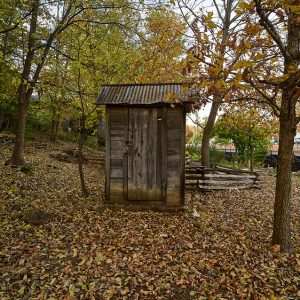 Shiloh Privy
Shiloh Privy
Shiny Happy People: Duggar Family Secrets
 Shirley Bridge
Shirley Bridge
Shoppach House
aka: Sadie Praytor Home
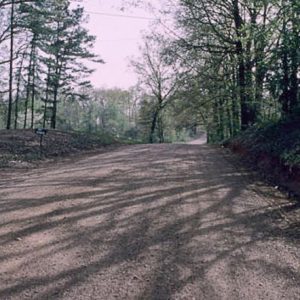 Short Mountain Road
Short Mountain Road
Shrews
 Shrews of Arkansas
Shrews of Arkansas
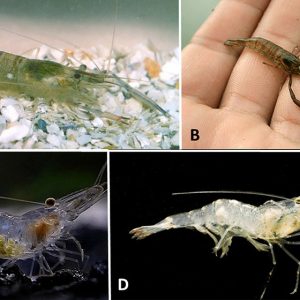 Shrimps of Arkansas
Shrimps of Arkansas
Shrimps
aka: Prawns
Shrubs
 Silo Construction
Silo Construction
 Silo Construction
Silo Construction
 Silo Construction
Silo Construction
 Silo Damage
Silo Damage
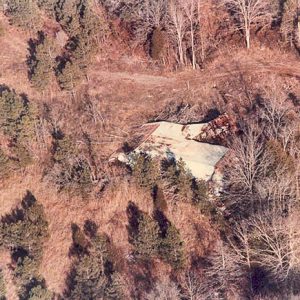 Silo Door
Silo Door
Siloam Springs Museum
 Siloam Springs Welcome Sign
Siloam Springs Welcome Sign
Silver Mining
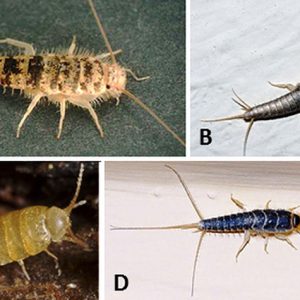 Silverfish
Silverfish
Silverfish
aka: Bristletails
 Silversides
Silversides
Simmons First National Bank
Simmons First National Bank Tower
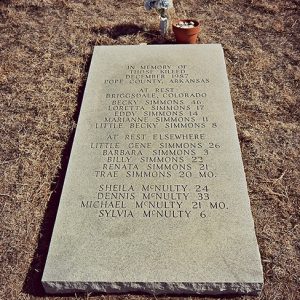 Simmons Victims Memorial
Simmons Victims Memorial
 Charlie May Simon Books
Charlie May Simon Books
 Howard Simon Self-Portrait
Howard Simon Self-Portrait
Simple Life, The
 The Singing Marine Sheet Music Featuring Dick Powell
The Singing Marine Sheet Music Featuring Dick Powell
Sink-Crumb Post 72 American Legion Hut
 Six Bridges
Six Bridges
 Skylight
Skylight
Skyline Cafe
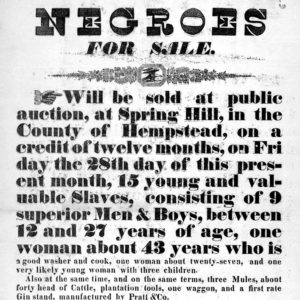 Slave Auction Notice
Slave Auction Notice
Slave Codes
Slave Resistance
Slavery
 Slavery by Another Name
Slavery by Another Name
 Slavery Resolution
Slavery Resolution




